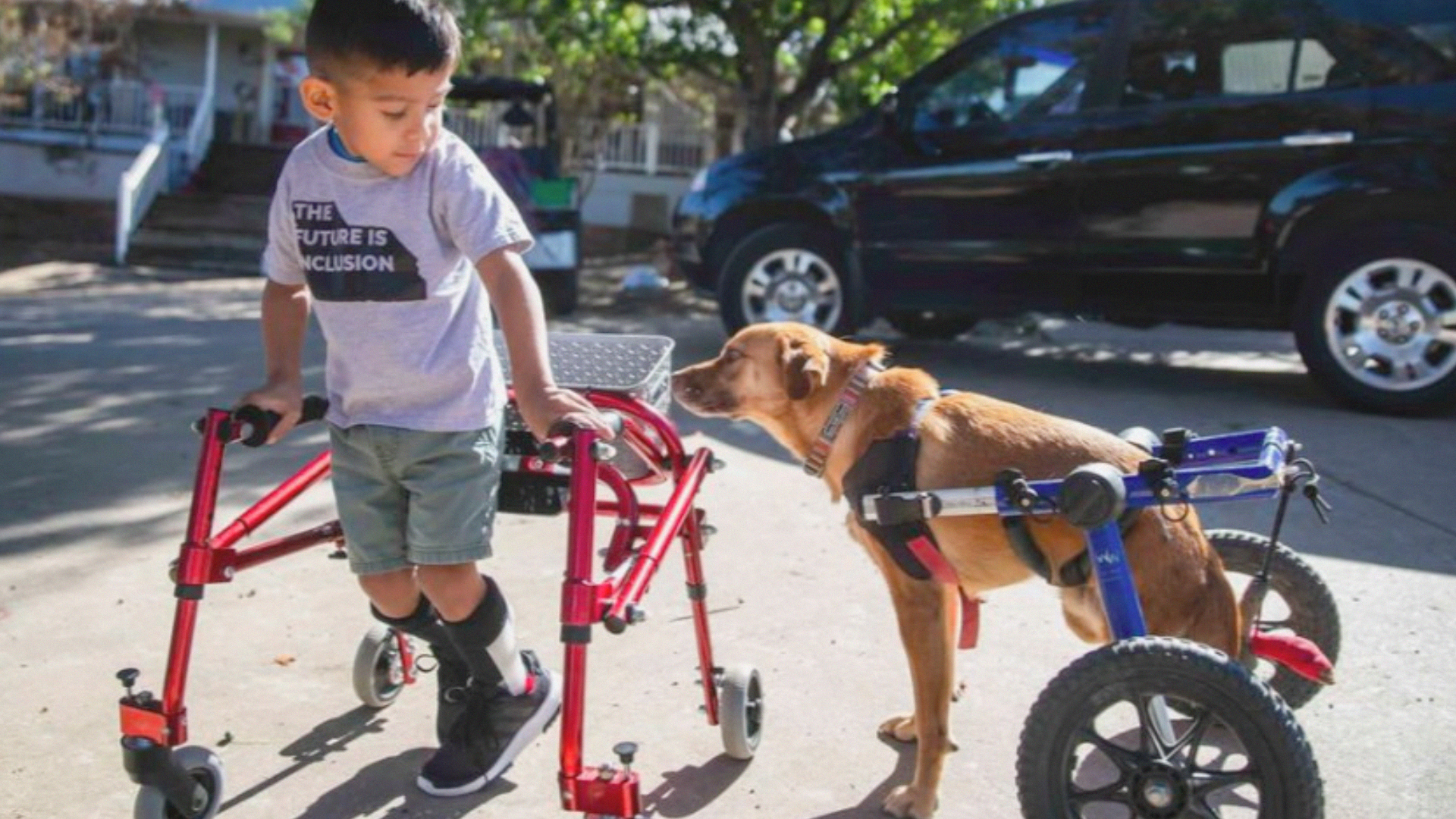As life begins to resemble what we last saw in early March, South Florida families have begun sending children back to school. For many, back to school for the kids means back to the office for us.
While this may be a welcome change for many households, it is likely to be a source of anxiety and confusion for pets who were acquired while stay at home orders were in place.
For these pets, being left alone in a quiet house for most of the day is a new - and potentially frightening - experience. Here are some tips to help new pets avoid a case of the back to normal blues.
ALL ABOUT ANIMALS
Schedule and adjust meal times.
If you’ve gotten into the habit of feeding your pets when they are hungry, start giving meals at scheduled times. Make sure the new feeding schedule aligns with the one you will be following when school and work schedules dominate the daily routine.
Start the days earlier, and discourage dawdling through morning chores and rituals. Feed your pets one of their main meals at this time, as they will be more likely to sleep throughout the day if their bellies are full.
Schedule play times with pets and kids at roughly the same time the kids will be arriving home from school. When school starts, keep this ritual in place. Pets are much less likely to mope throughout the day if they have something to look forward to later.
Additionally, both kids and pets are less likely to act out when they are getting plenty of exercise. When school resumes, and playtime is followed by homework, allow the pet to sit or sleep quietly near your children while they study.
Get a head start on encouraging earlier bedtimes, and more efficient use of time during bedtime rituals. If your household does not include children, schedule walks, play sessions and evening meals for roughly the same time you arrive home from work.
Avoid anxiety triggers.
The things we do in preparation for leaving the house do not go unnoticed by our pets. Jingling keys, calling the kids, grabbing a handbag or cell phone - all are cues to our pets that they are about to be left alone.
The back-to-school essentials our children require can act as additional anxiety triggers for pets. Before school resumes, hang uniforms in a place where your pet can see them. Leave lunchboxes and backpacks in obvious, visible places.
Encourage children to pick up these items and walk around the house with them two or three times per day. Next, try gathering all the gear and walking out the door. You can even drive around the block a few times.
The goal is to desensitize your pet to the cues that he will quickly associate with being left alone for long periods of time. Present the activity to children in the form of a game that will help your new pet to not be sad while they are in school.
If they protest, explain that keeping a pet happy is one of the many requirements of a responsible pet owner. Obviously, parents are the most qualified to decide on the best way to get the kids on board, but most kids will happily step up to the plate if they understand the reasoning behind it.
Separate the Velcro.
Now is the time to really observe the new edition and ask yourself if she is a “Velcro Pet”. Does she shadow family members constantly? Does she always have to be physically touching someone? Does she cry when you leave the house?
Does she whimper when a family member is out of sight? If you answered yes to any of these questions, you may have a Velcro Pet, one that is seemingly not happy unless physically attached to a human family member.
While these behaviors can be endearing and flattering, they can also be an early warning sign of separation anxiety. Before these behaviors become a problem, start teaching your pet the coping skills she needs to self-soothe when she is alone. Teach her how to go to her crate or bed, and stay there using “place” or “stay” commands.
Give her a mentally stimulating toy like a food puzzle or stuffed Kong toy to keep her mind occupied while she is alone. Most importantly, stay calm when coming and going.
Our pets' wild relatives often leave their young alone for long periods of time while they hunt for food. But there is no angst when they leave, nor drama when they return. They are calm and matter-of-fact. We should be as well.
Give them something to do while you are gone.
At Casa Kupkee, Grendel and Zohan spend their alone time with frozen “Kongsicles”. These consist of a durable Kong toy stuffed with baby food and peanut butter that has spent the night in the freezer.
It takes hours for them to empty the toy, and the excitement of getting them before we leave crowds out any possible fears of abandonment. When school/work resumes, give these treats to your pet upon leaving, or have the children do it. Do not give them at any other time.
The goal is to replace the feelings of dread associated with the emptying of the house with the anticipation of something interesting, fun, and delicious. Dispense treats calmly.
Remember, those long, apologetic, emotionally charged goodbyes will only add to any existing anxiety. If your pet does not do well in a crate, hide interesting toys, treats, food puzzles, and food-stuffed Kong toys throughout the house for your pet to sniff out and find while you are gone. (Do not do this in multiple-dog households as it can lead to fighting).
The kids can be given this task as well. In addition to being fun, it also a great opportunity to teach them about responsible pet ownership.
Teach pets how to be alone.
If your new pet has gotten used to being by your side while you work from home, he may not know how to be alone or how to self soothe. Now is the time to teach these skills.
Teach the place or stay commands and insist your pet stay in their designated place several times per day for at least thirty minutes. Be sure to do this before you return to the workplace so you can monitor your pet’s progress.
In this way, he will learn he can not be near a person all of the time, and he will begin to learn how to entertain himself. This is also a great time to use those chew toys and food puzzles. There are also dog and cat centric videos and channels you can stream from your TV or device.
If you suspect your pet already has separation anxiety, or need some help teaching commands, please consult with a Certified Professional Dog Trainer or a board Certified Veterinary Behaviorist. Your veterinarian can provide you with the necessary referrals.
Dr. Kupkee is the lead practitioner at Sabal Chase Animal Clinic.



